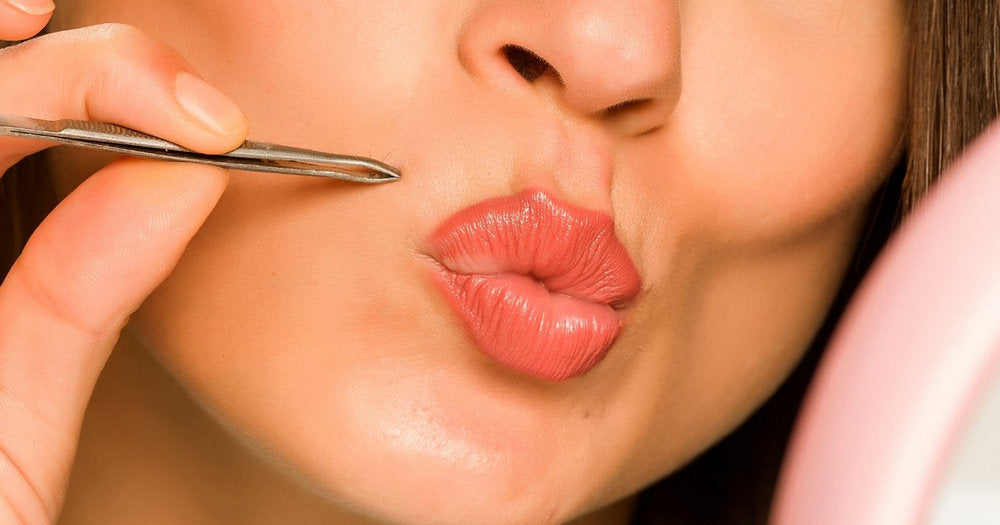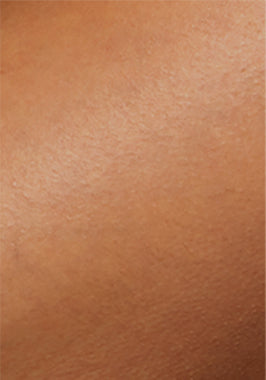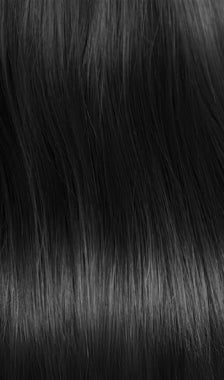Have you heard that waxing causes hair to grow thinner with repeated sessions because it damages hair follicles by plucking hair from the roots and causing them to produce fewer and finer hairs? Plucking is a similar method of hair removal.
That's why some people believe that constant plucking can make you hairless. Others think that this is just nonsense without any solid basis. Which of the two groups do you belong to? Anyway, let's clear your concerns and talk about whether plucking can stop your hair growing and if so, how many times do you have to pluck a hair before it stops growing?

Without further ado, let us answer all your questions about plucking and its effects on hair growth.
Table of contents:- Part 1: What effect does hair plucking have on hair growth?
- Part 2: What are the suitable and unsuitable areas for plucking?
- Part 3: Can plucking remove hair from the roots?
- Part 4: How often do you have to pluck your hair before it stops growing?
- Part 5: Does plucking stop hair from growing back?
- Part 6: What other methods can you use to temporarily remove unwanted hair?
- Part 7: What methods are there to get rid of unwanted hair permanently?
- Part 8: Conclusion
What effect does plucking hair have on hair growth?
Let's discuss the different phases of the hair growth cycle and talk about how plucking affects hair in a particular phase. There are 3 phases of hair growth which are described as follows.
Anagen
This is the phase when a hair follicle is active by supplying it with blood, which leads to hair growth. If the hair is plucked during this stage, the hair follicle is also removed with the hair and you can expect it to grow back after the entire cycle is completed, which usually takes 4 to 6 weeks.
Catagen
In the catagen phase, hair comes out of the skin but is not actively growing underneath. Plucking during this phase also removes hair from the roots. However, compared to plucking during the anagen phase, hair grows back faster because it is in the middle of the cycle.
Telogen
In the telogen phase, hair goes into a resting phase and tends to fall out during this phase. So plucking hair in the telogen phase is not very effective because the hair will fall out in a few days anyway. Also, new hair is growing at the roots. So you can see the hair fall out in 2 weeks or less.

What are the suitable and unsuitable areas for plucking?
While plucking may seem simple, it may not be the best method for all areas of the body. Here's where you should and shouldn't use tweezers or thread to pluck hairs.
Areas where people pluck hair
The body parts that are suitable for plucking hair include the eyebrows, as it works best for the stray hairs on the brows; Chin , as it has few hairs that can be removed with tweezers; the upper lips, if they sprout unwanted hair, and the moles on the face, if they are in the area of hair growth.
You can also pluck hair in your armpits, stomach, bikini line, toes and fingers. However, this takes far too long.
Areas you shouldn't pluck
There are some areas of your body where picking can cause your skin to become inflamed, causing pain, ingrown hairs, and infections.
These include the Pubic area as the hair is thick and the area is sensitive, the inside of the nose or ears as it can affect the protective mechanism of these areas and ingrown hairs as the area can become scarred due to plucking.

Can plucking remove hair from the roots?
The main reason why people choose plucking as a method of hair removal is the fact that it removes the entire hair strand including the roots. So if you use the right technique and the hair is in the growth phase, the hair is removed from the root.
However, if you break the hair strand in the middle of its length instead of plucking it precisely, the hair root may not be eliminated. So if you pluck the hair at the root, no more hair will grow back in the next month and a half and you can enjoy hairless skin.
How many times do you have to pluck your hair before it stops growing?
The short answer is: infinitely. Plucking hairs will prevent them from growing back for a longer or shorter period of time. However, hair will inevitably grow back from the follicle once a new cycle of hair growth has begun.
No matter how many times you pluck the hair, it will not stop growing and you will have to look for other methods to help you become hair free.
Does plucking stop hair from growing back?
Unfortunately, plucking cannot prevent hair from growing back. Yes, it can slow down regrowth if the hair is plucked at the right time, and it can also make the hair thinner because it traumatizes the follicle. But no, it cannot permanently damage the health of the follicle.
Since plucking does not kill the hair follicle or put it into a resting phase, hair growth is not stopped and the hair begins to grow back from the remnants after the root and strand of hair are removed with tweezers or thread.
What other methods can you use to temporarily remove unwanted hair?
Plucking may not be the best choice for body hair removal because it is time consuming and has side effects. Since plucking does not make hair stop growing, here are some safer and faster methods you can try.
Shave
Shaving is the most practical method of hair removal. On the face, it works as a dermaplaning technique, and on the body, the skin is exfoliated.
However, this causes the hair to grow back quickly and you have to shave it every 3-7 days. Not to mention the razor burn you can get and the dull, thick hairs that result.

Waxing
Waxing is suitable for all areas of the body, including the face. There are various waxing tools for easy hair removal with wax. These include hard wax, soft wax, card wax and wax rollers.
Waxing may be a bit painful, but it slows down hair growth and makes the hair grow back finer. You can also learn the difference between plucking and waxing here.
Depilatory creams
Depilatory creams are a pain-free alternative to using tweezers or thread to pluck hair from the roots. Depilatory creams act on the protein structure of the hair and slowly dissolve it so that the hair can be removed with a spatula.
They don't go all the way to the roots of the hair and the hair may grow back in a week or two. Also, beware of the rashes and chemical reactions that these creams can cause.
What methods are there to permanently get rid of unwanted hair?
Maybe you came here because you are looking for a hair removal method that can stop hair growth, right? Since you are disappointed with plucking and tired of temporary hair removal methods, here are some other options for you.
IPL hair removal devices
Of all the methods that keep the hair follicles inactive for months or years, IPL hair removal devices are the cheapest, most practical and most effective. Ulike Sapphire Air 10 IPL hair removal device is the ultimate device to get rid of unwanted hair at home.

These devices work by damaging and destroying the hair follicle, so you may remain hairless until the follicle regenerates, which can take up to 6 months or more.
Laser hair removal
Laser hair removal works on the same principle as IPL, where the emitted light is converted into heat energy that destroys the follicle and provides long-lasting results.
However, laser hair removal is a professional procedure that is performed in salons, clinics and spas. Also, the intensity of the laser is much higher than that of IPL, so you need to be more careful with it.
electrolysis
Laser and IPL hair removal are long-lasting but not permanent. Therefore, electrolysis is the only method that can stop hair regrowth forever.
A small wire inserted into the hair follicles destroys them with an electric current. However, this method of hair removal is not very popular because it is very complicated and very painful.
Conclusion
We all want to get rid of the unwanted hair on our body and face using the simplest methods like plucking, right? But we don't always get what we want, do we?
Therefore, unfortunately, we have to conclude that plucking does not stop hair growth, no matter how many times you pluck a hair, even if it eliminates the hair root.
But there is no need to worry because there are other methods that can destroy the follicle and stop hair from growing back. These include IPL , laser and electrolysis. You can also use temporary hair removal methods in the meantime.



























